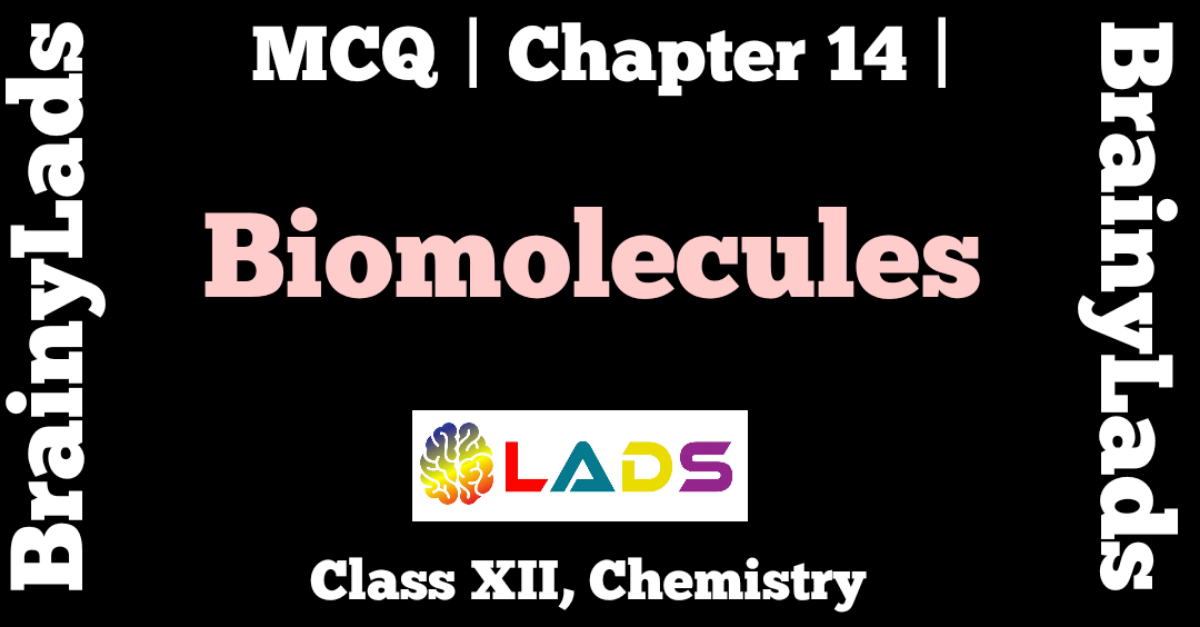MCQ of Coordination Compounds | Chapter 9 | Chemistry | Class 12 |
MCQ of Coordination Compounds | Multiple Choice Questions of Coordination Compounds
MCQ of Coordination Compounds
Question 1: Which of the following ligands form a chelate?
- Acetate
- Oxalate
- Cyanide
- Ammonia
Answer: B (Oxalate)
Question 2: According to Werner’s theory of coordination compounds
- Primary valency is ionisable
- Secondary valency is ionisable
- Primary and secondary valencies are ionisable
- Neither primary nor secondary valency is ionisable
Answer: A (Primary valency is ionisable)
Question 3: Which of the following rules is not correct regarding IUPAC nomenclature of complex ion?
- Cation is named first and then anion.
- In coordination sphere, the ligands are named alphabetically.
- Positively charged ligands have suffix ‘ate’.
- More than one ligand of a particular type are indicated by using di, tri, tetra etc.
Answer: C ( Positively charged ligands have suffix ‘ate’ )
Question 4: The name of the compound [Co (NH3)5 NO2] Cl2 will be
- pentaamminonitrocobalt (II) chloride
- pentaamminenitrochloridecobaltate(III)
- pentaamminenitrocobalt(III) chloride
- pentanitrosoamminechlorocobaltate(III)
Answer: C ( pentaamminenitrocobalt(III) chloride )
Question 5: Identify the statement which is not correct?
- Coordination compound are mainly known for transition metals.
- Coordination number and oxidation state of a metal are same.
- A ligand donates at least one electron pair to the metal atom to form a bond.
- [Co(NH3)4 Cl2]+ is a heteroleptic complex.
Answer: B ( Coordination number and oxidation state of a metal are same.)
Question 6: CrCl3.6H2O exists in different isomeric forms which shows different colours like violet and green. This is due to
- Ionisation isomerism
- Coordination isomerism
- Optical isomerism
- Hydrate isomerism
Answer: D (Hydrate isomerism)
Question 7: Low spin tetrahedral complexes are not formed because
- For tetrahedral complexes, the CFSE is lower than pairing energy
- For tetrahedral complexes, the CFSE is higher than pairing energy
- Electrons do not go to eg in case of tetrahedral complexes
- Tetrahedral complexes are formed by weak ligands only.
Answer: A ( For tetrahedral complexes, the CFSE is lower than pairing energy )
Question 8: [Fe(CN)6]4- and [Fe(H2O)6]2+ show different colours in dilute solution because
- CN¯ is a strong field ligand and H2O is a weak field ligand hence magnitude of CFSE is different
- Both CN¯ and H2O adsorb same wavelength of energy
- Complexes of weak field ligand are generally colourless
- The sizes of CN¯ and H2O are different hence their colours are also different
Answer: A ( CN¯ is a strong field ligand and H2O is a weak field ligand hence magnitude of CFSE is different )
Question 9: Which of the following will form an octahedral complex?
- d4 (low spin)
- d8 (high spin)
- d6 (low spin)
- None of these
Answer: C ( d6 (low spin) )
You may also read MCQ of The Solid State, MCQ of Solutions, MCQ of Electrochemistry, MCQ of Chemical Kinetics, MCQ of Surface Chemistry, MCQ of General Principles and Processed of Isolation of Elements, MCQ of the p-Block Elements, MCQ of the d-And f-Block Elements, MCQ of Coordination Compounds, MCQ of Haloalkanes and Haloarenes, MCQ of Alcohols, Phenols and Ether, MCQ of Aldehydes, Ketones and Carboxylic Acids, MCQ of Amines, MCQ of Biomolecules, MCQ of Polymers, MCQ of Chemistry in Everyday Life
Question 10: An example of ambidentate ligand is
- Ammine
- Aqua
- Oxalato
- Thiacyanato
Answer: D (Thiacyanato)
Question 11: How many ions are produced from [Co (NH3)6] Cl3 in the solution?
- 6
- 4
- 3
- 2
Answer: B (4)
Question 12: The oxidation number of [Co(NH3)(NO2)3] is
- +3
- 0
- -3
- +6
Answer: A (+3)
Question 13: The geometry possessed by [Ni(CO)4] is
- Tetrahedral
- Square planar
- Linear
- Octahedral
Answer: A (Tetrahedral)
Question 14: A substance appears coloured because
- It absorbs light at specific wavelength in the visible part and reflects rest of the wavelengths
- Ligands absorb different wavelengths of light which give colour to the complex
- It absorbs white light and shows different colours at different wavelength
- It is diamagnetic in nature
Answer: A ( It absorbs light at specific wavelength in the visible part and reflects rest of the wavelengths )
Question 15:The complex ion which has no d electrons in the central metal atom is
- [MnO4]–
- [Co(NH3)6]3+
- [Fe(CN)6]3-
- [Cr(H2O)6]3+
Answer: A ( [MnO4]– )
Question 16: Which of the following is correct?
- Valence bond theory explains the colour of coordination compounds
- [NiCl4]2- is diamagnetic in nature.
- Ambident ligands can show linkage isomerism.
- A bidentate ligand can have four coordination sites.
Answer: C (Ambident ligands can show linkage isomerism)
Question 17: Which of the following is a tridentate ligand?
- EDTA 4-
- (COO)2 2-
- Dien
- NO2‾
Answer: C ( Dien)
Question 18: Which of the following will not show chelation?
- EDTA
- DMG
- Ethane-1,2-diamine
- SCN¯
Answer: D (SCN‾)
Question 19: The correct structure of Fe(CO)5 is
- Octahedral
- Tetrahedral
- Square pyramidal
- Trigonal bipyramidal
Answer: D (Trigonal bipyramidal)
Question 20: State the true statement from the following metal carbonyls
- π back bonding strengthens M—C bond order as well as CO bond order
- π back bonding weakens M—C bond order as well as CO bond order
- π back bonding weakens M—C bond order but strengthens CO bond order
- π back bonding strengthens M—C bond order and weakens CO bond order.
Answer: D ( π back bonding strengthens M—C bond order and weakens CO bond order )
Do share the post if you liked it. For more updates, keep logging on BrainyLads


